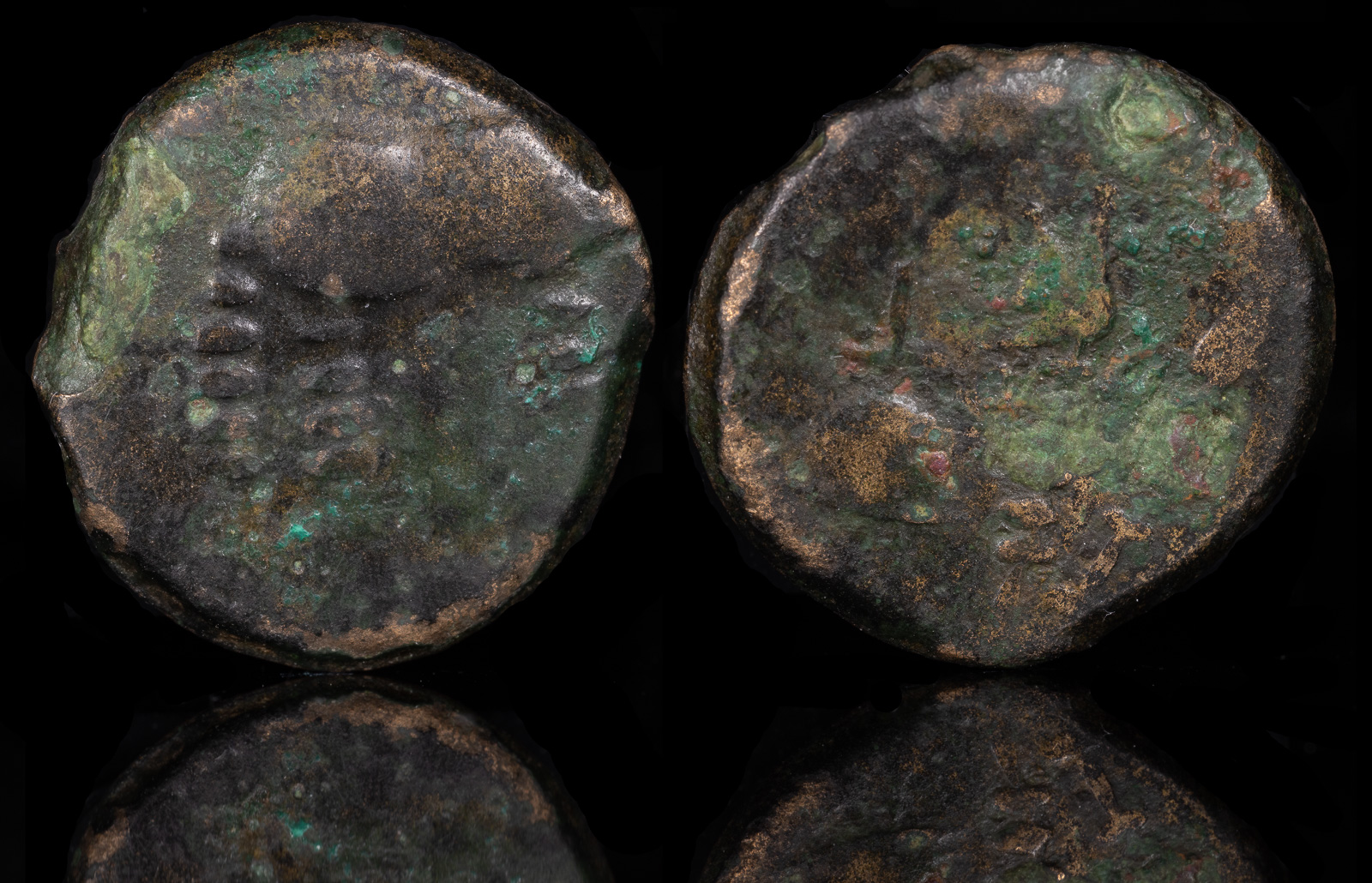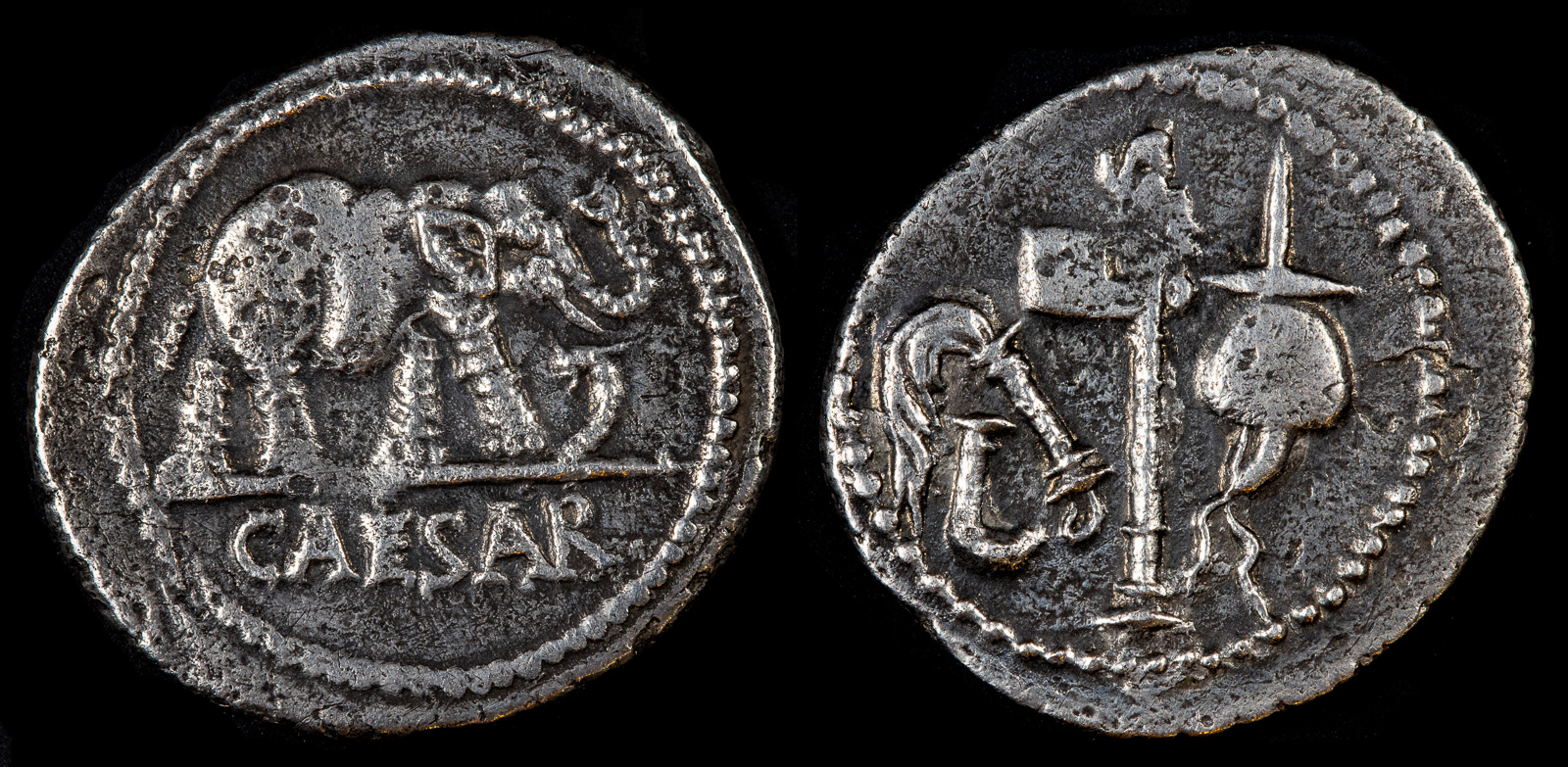Apex
View All Tags
The primary function of the apex was to signify the priest’s sacred status and to indicate that the individual was officiating in a religious capacity. Its form—a simple yet recognizable pointed cap—was symbolic of the authority and reverence required when performing sacrifices or rituals. The apex was specifically linked to the flamen dialis, the high priest of Jupiter, whose role was of paramount importance in Roman religious practice. The wearing of the apex marked the wearer as an intermediary between the divine and the mortal realms, responsible for ensuring the favor of the gods through proper ritual conduct.
The apex also had a deeper symbolic significance in relation to the power of the gods and the role of ritual purity in Roman religion. Priests who wore the apex were considered to be in a state of heightened spiritual sanctity, and the hat served as a form of protection against ritual impurity. It was believed that the apex helped preserve the sanctity of the rituals being conducted, particularly those related to state religion, such as sacrifices and augury. Its distinctive design marked the wearer as a person set apart from the everyday world, dedicated solely to the performance of religious duties.

Celtic Gaul. Treveri.
50-30 BCE
AE 16.51mm 3.23g
Obverse: Elephant walking right, trampling on horned serpent
Reverse: Simpulum, sprinkler, axe (surmounted by a wolf’s head), and apex (priest’s hat)
De la Tour 9235, RPC I 501

Julius Caesar AR Denarius.
Military mint travelling with Caesar, 49-48 BCE
Elephant advancing to right, trampling on serpent; CAESAR in exergue / Emblems of the pontificate: simpulum, aspergillum, securis (surmounted by wolf’s head), and apex. Crawford 443/1; CRI 9; BMCRR Gaul 27-30; RSC 49. 3.26g, 20mm, 2h.